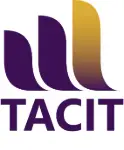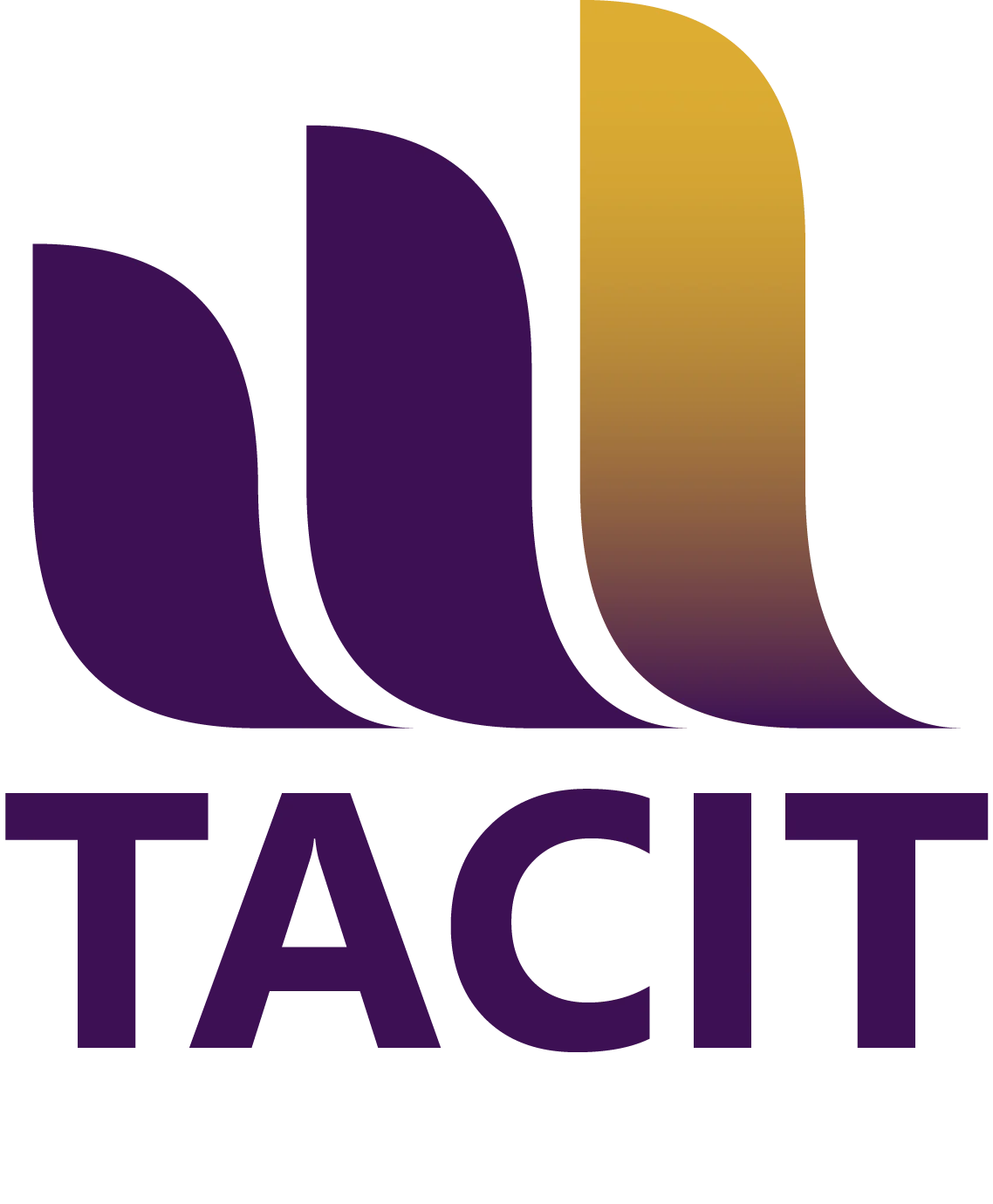At Tacit we intentionally try to avoid the day-to-day noise that can buffet investment markets, as history shows us that making any knee jerk decisions generally leads to bad investment outcomes. Our approach is to focus on the longer term economic trends and look for disconnects in current market pricing to take advantage for our clients.
This does not mean however that we do not consider new information and that we ignore events. This week for example, tariffs have become the noise but in reality nothing new has occurred which we did not anticipate or know was coming down the line. Tariffs were going to be imposed on those countries that had the largest trade surpluses with the US, namely Mexico, Canada, the EU and China. These tariffs are expected to lead to lower economic growth globally in aggregate and higher prices overtime.
Trying to forecast how this will play out from day-to-day is not what we focus our attention on because we do not believe anyone can predictably forecast such scenarios. This is where the concept of the man with the hammer comes in. To a man with a hammer, every problem looks like a nail. This essentially means that people are biased to use the tools they possess to solve problems, regardless of whether such tools are appropriate for the problem at hand. For most analysts working in finance, the “hammer” is forecasting and the “nail” is uncertainty. These analysts try to make precise forecast about macro-economic trends or a company’s earnings and give buy or sell ratings based on this.
To understand the difficulty in making an accurate short-term forecast, consider this: imagine there was a drought in China or India – the two largest rice producers in the world. This could cause food prices to increase since rice is the most popular staple food in the world. A rise in food prices could lead to inflation which will in turn lead to central banks raising interest rates and mortgage payments increasing. This could but pressure on discretionary spending such as restaurants and travel, leading to companies in these industries getting slapped with a “sell” rating. Now consider an equally plausible outcome from the drought: rising food prices could lead to a reduction in imported rice which in turn reduces shipping congestion. The price for shipping coal and natural gas falls which leads to deflationary pressures and central banks respond by slashing interest rates. Mortgage payments fall and the consumer has more income for discretionary spending. Companies in the travel and restaurants industries are now rewarded with a “buy” rating by analysts. Which outcome is more likely, and where should I put my money?
Amos Tversky – the psychologist and grandfather of behavioural economics famously said that “reality is not a point but a cloud of possibility”. It is incredibly difficult to make accurate short-term predictions about macro-economic trends or a company’s earnings and acting on such forecast can have bad outcomes considering most analyst forecasts are wrong. Even in the unlikely case that the forecast is correct, it may not be useful if everyone is paying attention to it because its effects will already be priced in. For a forecast to be useful, it needs to be contrarian and correct.
So, what is one to do if forecasting is fraught with so much danger? At Tacit, we look at the world through a probabilistic lens and update our views on the market based on new evidence while being acutely aware of the different biases that can influence our decisions. This, to us is the best way to navigate through an uncertain world without transforming into men with hammers, looking for nails. Just because we do not write about every event or news story does not mean that they do not influence our thinking. The difference is that our approach forces us to stand back and think about the knock on impacts over time rather than the here and now..

